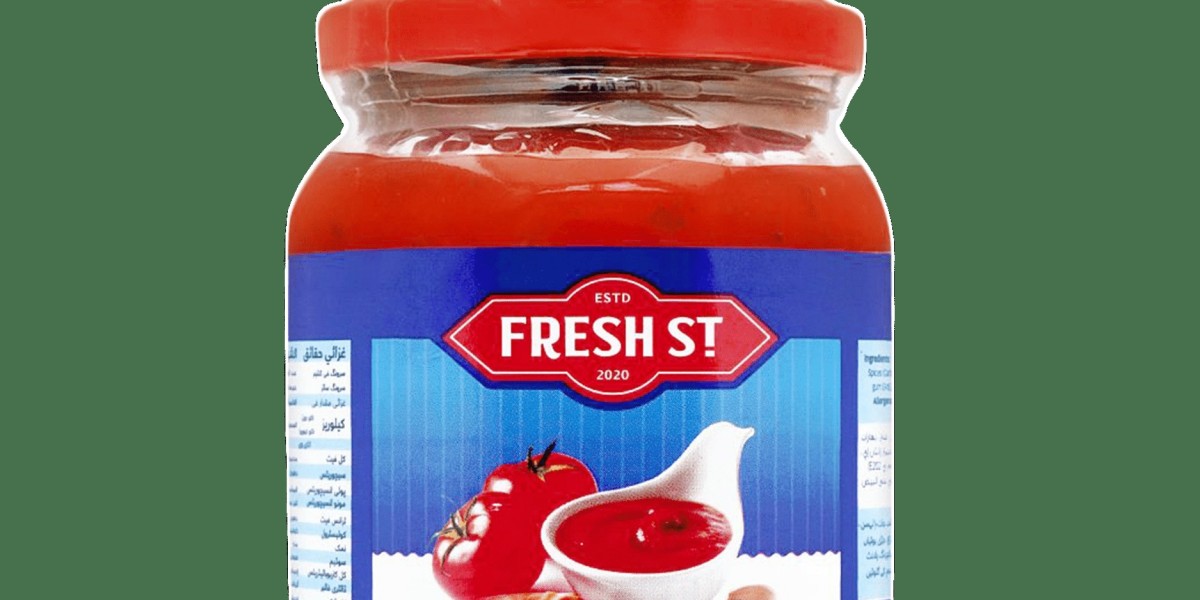Introduction:
Yellow mustard is a staple condiment found in kitchens and restaurants around the world. Known for its tangy flavor and bright color, this condiment is a beloved addition to many dishes. From sandwiches and hot dogs to dressings and marinades, yellow mustard offers a burst of flavor that enhances any meal. Let’s dive into the history, production, health benefits, and culinary uses of this versatile condiment.
A Historical Perspective
The history of yellow mustard dates back to ancient civilizations. Mustard seeds were used in Greek and Roman cuisine for their medicinal properties and flavor. However, it wasn’t until the 18th century in Dijon, France, that mustard began to take the form we recognize today. The introduction of vinegar to the ground mustard seeds created a smoother, milder condiment that quickly gained popularity.
Yellow mustard, specifically, is an American creation. It was first introduced by George T. French in 1904 as a milder, tangier alternative to the spicy brown mustards popular at the time. This new variety, known as “Cream Salad Mustard,” quickly became a favorite at ballparks and picnics, earning its place as a classic American condiment.
The Production Process
Yellow mustard is made from the seeds of the mustard plant, which belongs to the Brassica family, including broccoli and cabbage. The seeds are harvested and ground into a fine powder. This powder is then mixed with vinegar, water, salt, and turmeric. Turmeric is the key ingredient that gives yellow mustard its distinctive color.
The mixture is then blended to a smooth consistency and left to mature. This aging process allows the flavors to meld and develop their characteristic tangy taste. Once the mustard has reached the desired flavor profile, it is packaged and ready for consumption.
Health Benefits
Yellow mustard is not only a flavorful addition to meals but also offers several health benefits. It is low in calories and fat, making it a healthier condiment choice compared to others like mayonnaise or ketchup. A teaspoon of yellow mustard contains about 5 calories and virtually no fat, making it a guilt-free way to add flavor to your food.
Mustard seeds are rich in antioxidants and contain compounds that have anti-inflammatory properties. These can help reduce inflammation in the body and may lower the risk of chronic diseases. Additionally, mustard seeds are a good source of minerals such as magnesium, calcium, and phosphorus, which are essential for bone health.
Yellow mustard also contains small amounts of dietary fiber, which aids in digestion and promotes a healthy gut. The vinegar in yellow mustard can help stabilize blood sugar levels and improve insulin sensitivity, making it a beneficial condiment for those managing diabetes.
Culinary Uses
Yellow mustard’s tangy flavor and creamy texture make it a versatile ingredient in the kitchen. Here are some popular culinary uses:
Condiment:
Yellow mustard is most commonly used as a condiment for hot dogs, burgers, sandwiches, and pretzels. Its sharp flavor complements the richness of meats and cheeses, adding a zesty kick to each bite.
Salad Dressings:
Mustard is a key ingredient in many salad dressings, including vinaigrettes and creamy dressings. It adds a tangy note that balances the acidity of vinegar and the richness of oils or mayonnaise.
Marinades:
Yellow mustard can be used as a base for marinades, particularly for meats like chicken, pork, and beef. Its acidity helps tenderize the meat, while its flavor enhances the overall taste.
Cooking and Baking:
Mustard is often used in recipes for baked beans, potato salads, and deviled eggs. It adds depth and complexity to these dishes, making them more flavorful and interesting.
Sauces and Dips:
Yellow mustard is a common ingredient in sauces and dips, such as honey mustard, barbecue sauce, and mustard aioli. These sauces are perfect for dipping fries, chicken tenders, and vegetables.
Pickling:
The acidity and flavor of yellow mustard make it an excellent addition to pickling brines. Pickled vegetables with a hint of mustard are a delicious and tangy treat.
Unique and Creative Uses
Beyond traditional uses, yellow mustard can also be employed in creative and unexpected ways:
Glazes:
Use yellow mustard as a base for glazes on roasted meats and vegetables. It creates a flavorful crust that enhances the overall taste of the dish.
Baking:
Incorporate mustard into bread and pretzel dough for a subtle tangy flavor. It pairs well with the richness of cheese and herbs.
Cocktails: Mixologists have begun experimenting with mustard in cocktails, using it to add a unique depth of flavor to drinks like Bloody Marys and mustard-infused martinis.
Ice Cream:
For the adventurous, mustard ice cream is a growing trend. The tangy and slightly spicy notes of mustard create a unique contrast to the sweetness of ice cream, resulting in an unexpected yet delightful dessert.
Conclusion
Yellow mustard’s enduring popularity is a testament to its versatility and flavor. From its humble beginnings to its status as a kitchen essential, it has proven to be more than just a condiment. Its health benefits, combined with its ability to enhance a wide range of dishes, make it a must-have ingredient in any kitchen.









